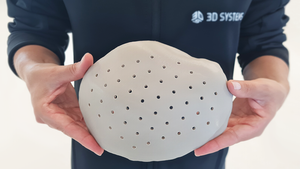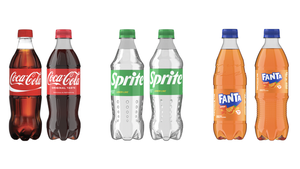The changes introduced last December with the new ISO 9001:2008 from the International Organization for Standardization (ISO) require users to approach quality-management systems as a series of controllable processes and not merely follow the elements and structure given to ISO 9001:2000.
June 3, 2009
The changes introduced last December with the new ISO 9001:2008 from the International Organization for Standardization (ISO) require users to approach quality-management systems as a series of controllable processes and not merely follow the elements and structure given to ISO 9001:2000. This process management approach is widely used in today’s business world and has led to the development of a process-based structure for the new standard, consistent with the Shewhart/Deming continuous quality improvement cycle: Plan-Do-Study-Act.
What manufacturers need to be successful in ISO 9001:2008 compliance, and to ensure the integration of the manufacturer’s supply chain, is the support of senior management, says Lewis Yasenchak, a consultant specializing in lean manufacturing, quality control, environmental issues, and supply chain management. A system must be transparent to the way in which the various supply-chain contributors operate, given that ISO 9001:2008 provides an emphasis on procedures that enable the successful and practical deployment of a company’s business strategy, he adds. For example, moldmakers need to be linked to appliance, automotive, medical, and other industrial OEMs as much as they need be linked to their injection molding customer base.
According to Yasenchak, the whole idea of the new ISO standard is to conduct “value-added audits” in the supply chain, from beginning to end, so that value-detracting activities are eliminated, and in the process, internal auditing is being reinvented. OEMs and end users want to eliminate duplicate steps in their total cost of acquisition, prepping the supply base for leaner supply system. The end result, he says, is the integration of financial auditing with operational and quality auditing. The Institute of Internal Auditors (IIA) and the American Institute of Certified Public Accountants are developing new auditing standards and processes, incorporating ISO 9001.
In theory the new ISO standard fits well into many moldmakers’ and plastics processors’ desire to form tighter partnerships with their customers, especially during product development. Such early-stage contact allows them to make suggestions that might simplify the tooling or processing while allowing them to reserve time in their schedules to coincide with their customers’ schedules. Another such link to the supply chain includes connecting resin selection and the resin/compound supply site to the manufacturing plant’s molding machines.
ISO 9001:2008 and the changes it represents means that OEMs must form strategic alliances with their molders, material/component suppliers, and tool builders to the point where OEMs review the suppliers’ cost to ensure they get a reasonable profit and that suppliers get long-term commitments. Many OEMs are anxious to shed their manufacturing operations and focus instead on their core strengths: product development and marketing. The supply-chain system integration called for by ISO 9001:2008 can help OEMs to accomplish that.
While some companies use the ISO 9001 model for internal purposes and as a means to simply boost quality performance, those companies that strive for supply-chain systems integration will likely profit from increases in efficiency and customer satisfaction, and in the end, increase market share, argues Yasenchak. —[email protected]
About the Author(s)
You May Also Like


